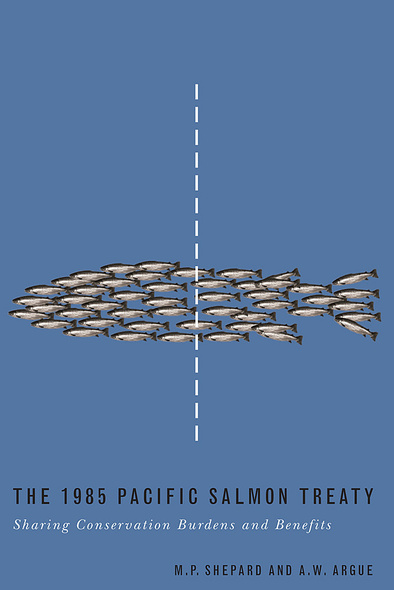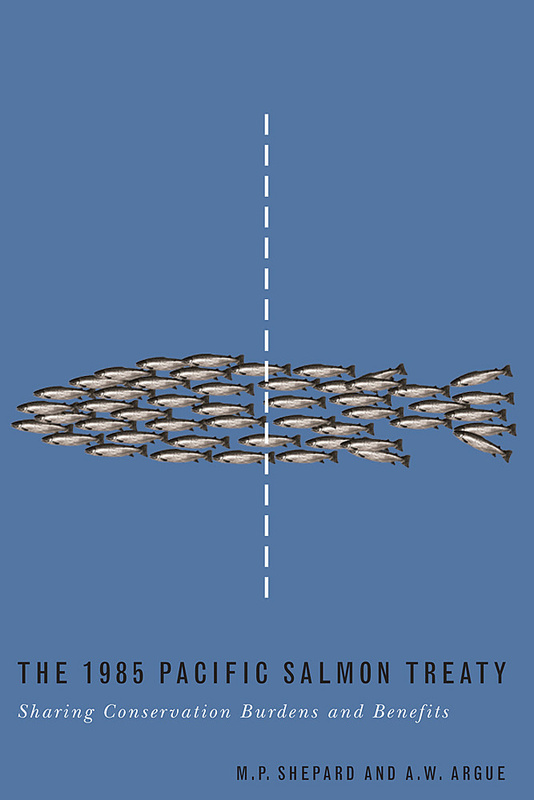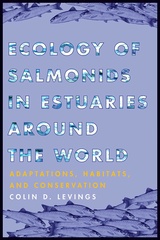
The 1985 Pacific Salmon Treaty
Sharing Conservation Burdens and Benefits
For thousands of years, Pacific salmon have been the focus for the economic and social development of societies, both ancient and modern, around the rim of the North Pacific Ocean. After lengthy oceanic migrations, the salmon pass through coastal waters of Alaska, British Columbia, and the northwest United States in a final journey to spawn, where they form lucrative targets for Canadian and US fishermen.
Beginning late in the nineteenth century and culminating in the 1985 Pacific Salmon Treaty, Canada and the United States carried out long and contentious negotiations to provide a framework for cooperation for conserving and sharing the vitally important Pacific salmon resource. The 1985 Pacific Salmon Treaty traces the history of the tumultuous negotiations, providing an insider’s perspective on the many complex issues that were addressed. It concludes with a brief assessment of the treaty’s performance under the difficult economic and environmental circumstances that have prevailed in the fishery since 1985.
This incisive work, with its unique historical perspective, will be of great interest to the Canadian and United States fishing communities affected by the treaty, to the general public, politicians, and fisheries specialists in both countries concerned with stewardship of natural resources, and to scholars of international law and regional history.
Both authors have been deeply immersed in Canada’s management of its salmon resources and conflicts with US fisheries. The treatment of the subject is nicely balanced and even-handed… This masterful account is likely to be the definitive work, given its combination of breadth and depth with the added value of a balanced insider’s view.
Both authors were involved in the negotiations that led to the treaty …. as a result, the reader is privileged to what is and feels like an insider’s account of difficult sets of negotiations that eventually led to a treaty … the book is an important contribution and an exceedingly valuable resource for anyone interested in the Pacific salmon fishery and, more generally, as a case study of bilateral treaty negotiations and of Canada-U.S. relations.
Acknowledgments
1 Salmon Migrations, Fisheries, and Problems
2 The Opening Stanzas: 1890s to 1960s
3 The Global Context
4 Comprehensive Bilateral Negotiations, 1960-85
5 The 1985 Treaty in Detail
6 Article II: Institutional Arrangements
7 Principles of the Treaty: Article III and the Memorandum of Understanding
8 Fraser River Sockeye and Pinks
9 Northern British Columbia/Southeastern Alaska Net Fisheries
10 Transboundary Rivers
11 Chinook Salmon
12 Coho Salmon
13 Southern British Columbia and Washington State Chum Salmon
14 Concluding Observations
Appendices
Notes
Literature Cited
Index






